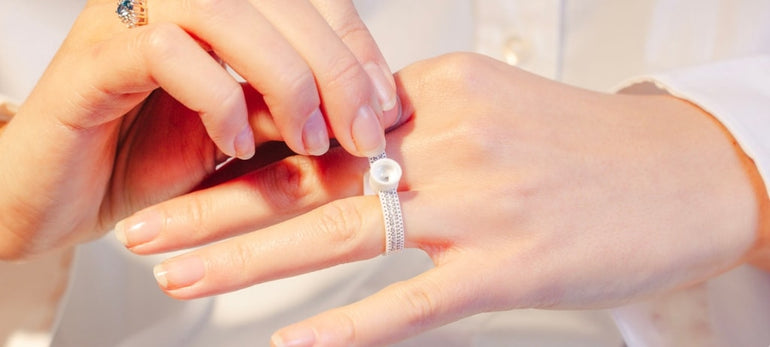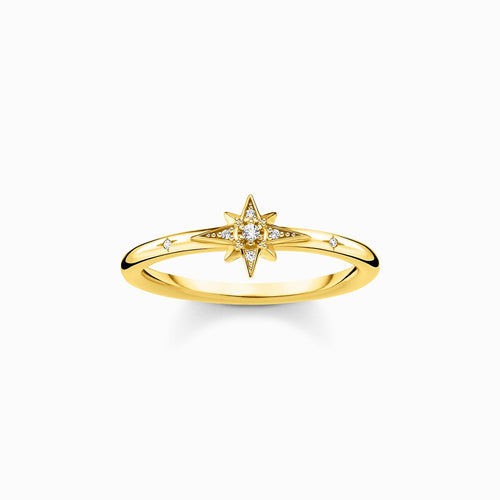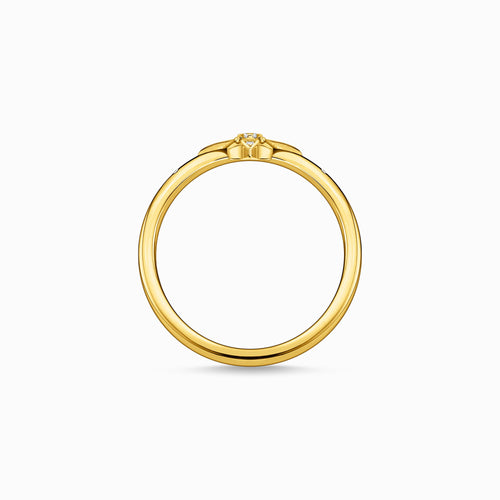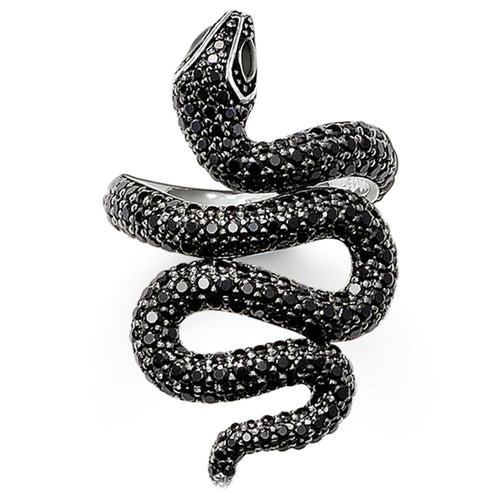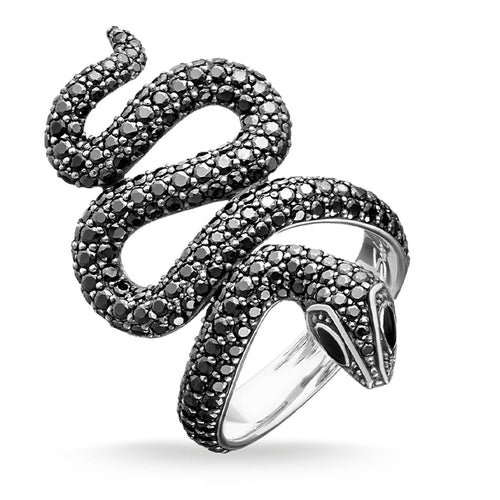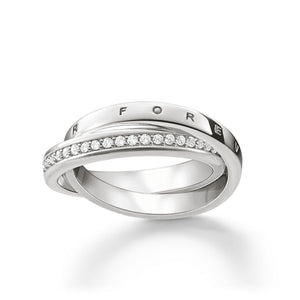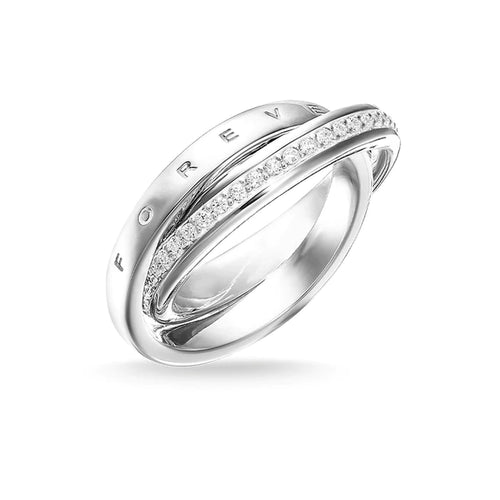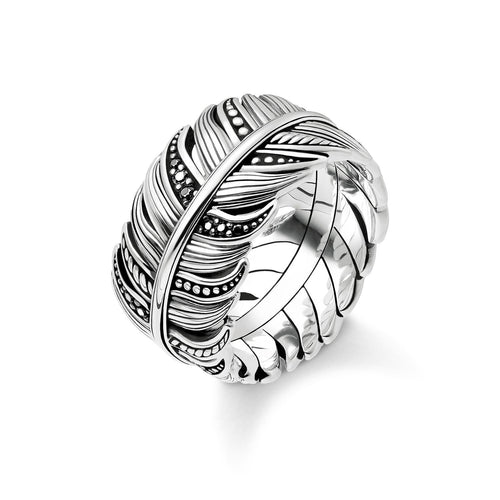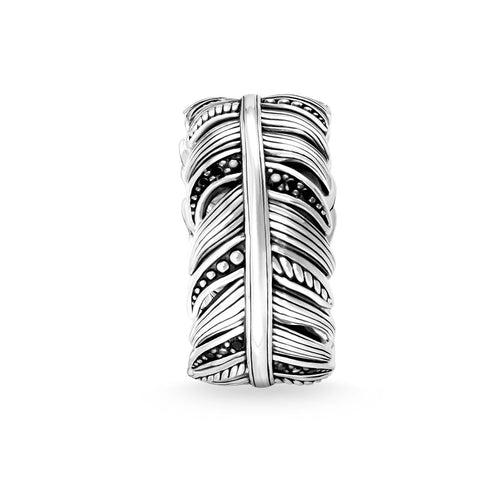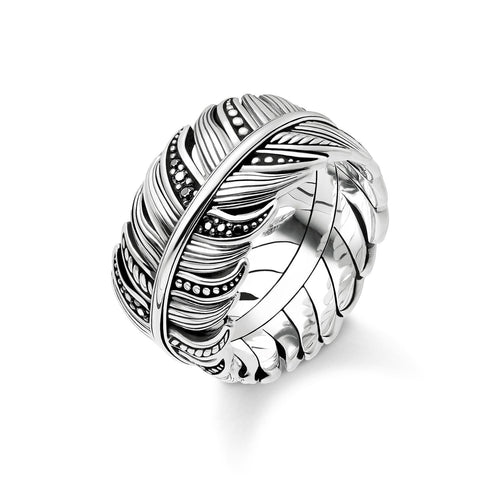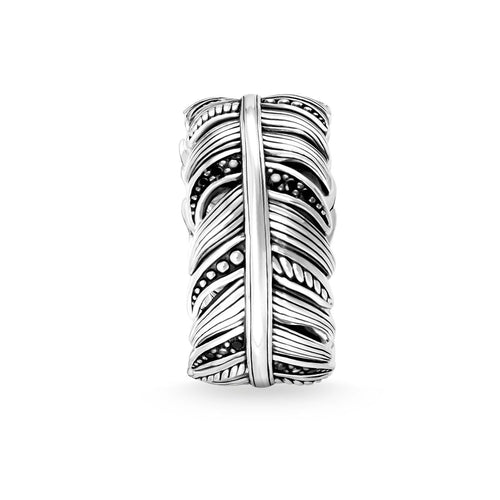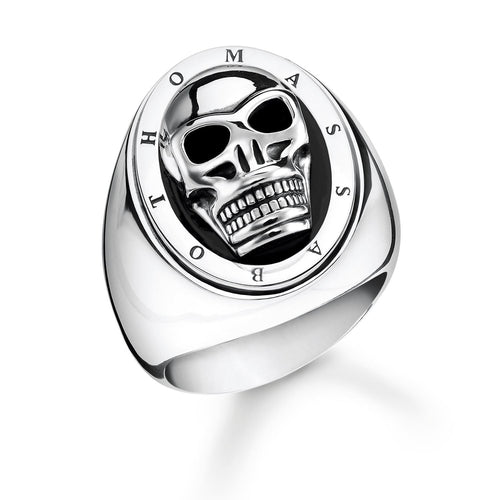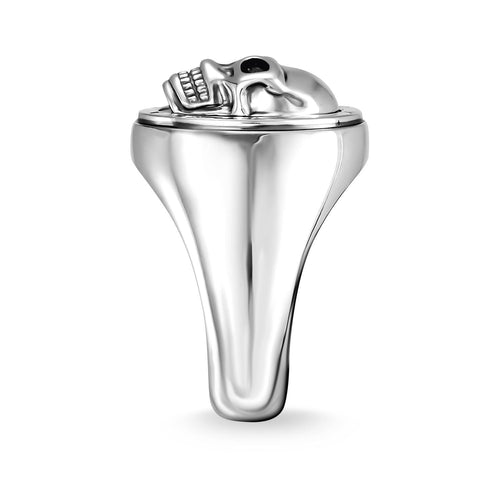Ring resizing is a common procedure many encounter, especially after weight loss or weight gain. While it offers a practical solution to ensure your ring fits perfectly, there are several cons to consider. This guide aims to provide a detailed analysis of the potential drawbacks involved in the resizing process.
Key Takeaways:
-
Resizing can compromise the ring's structure, especially for intricate designs like engagement rings and eternity rings.
-
The process can lead to metal stress and possible cracks, particularly in stainless steel rings or those with complex detailing.
-
Consider alternatives such as ring guards or sizing beads before opting for resizing.
By understanding these potential pitfalls, you can make a more informed decision about whether to resize your precious rings.
What Are the Cons of Getting a Ring Resized?
Resizing a ring might seem like a simple solution to achieving the perfect fit, but it's important to understand the potential downsides. When you get a ring or rings resized up, especially cherished pieces like an engagement ring or wedding band, several issues can arise that could affect its integrity and appearance.
Physical Risks to the Ring:
-
Structural Integrity: The resizing process can compromise the ring's structure, especially if it involves cutting and soldering the original shank. This is particularly true for thicker rings or those with intricate designs, like stainless steel rings or eternity rings.
-
Potential Damage: Rings can suffer from ring damage during resizing. You might end up with a small piece of metal that doesn’t fit quite right, or the process could exert too much pressure on the ring, leading to cracks or breaks.
Aesthetic Changes:
-
Alteration in Appearance: Resizing a ring often exposes more metal, which can alter its appearance. This is especially concerning for designs that include delicate details or diamonds.
-
Mismatched Designs: The resized section might not match the same design as the rest of the ring, especially if you're resizing simple bands or rings with complex detailing.
Cost Implications:
-
Hidden Costs: While some jewelers offer free resizing, there are often hidden costs involved, especially if the ring needs additional work to maintain its aesthetic and structural integrity.
Understanding these potential pitfalls can help you make an informed decision before resizing your rings. Always consult with a reputable jeweler to ensure your ring is resized safely and maintains its beauty and integrity.
Ring Resized: The Process and Its Pitfalls
Resizing rings as a ring is a fascinating blend of art and science, but it’s not without its challenges. When you decide to get a ring resized, you're embarking on a process that requires precision and expertise.
The Resizing Process:
-
Assessment: The jeweler starts by assessing the ring size and the material of the ring. This step is crucial, especially for materials like stainless steel rings and tungsten rings, which can be more challenging to resize.
-
Cutting: If the ring needs to be made smaller, the jeweler will cut out a section and then solder the ring back together. For making it larger, they add an extra piece of metal. This step can be tricky and requires careful handling to avoid compromising the ring's structure.
-
Soldering and Polishing: After the ring is resized, the jeweler solders it together and polishes it to ensure it looks seamless. However, even the best jewelers can sometimes leave behind exposed metal or an uneven finish.
Common Problems Encountered:
-
Metal Stress and Cracks: Resizing a ring can put too much pressure on the metal, leading to stress fractures or cracks. This is particularly problematic for rings made from softer metals like gold and silver.
-
Compromised Ring Setting: The process can also affect the setting of the stones. For instance, the prongs holding a diamond might loosen, risking the stone falling out.
-
Aesthetic Issues: The resized ring might not have the same design consistency. The added or removed metal can create visual discrepancies, especially in rings with complex detailing.
Real-life Examples:
Consider Sarah, who had her beloved engagement ring resized half size, after some weight loss. The ring, originally a stunning piece with intricate engravings, came back with visible small piece gaps where the jeweler added extra metal. Another case is John, whose wedding ring cracked a month after resizing because the metal couldn’t handle the added pressure.
To avoid these pitfalls, always work with a reputable jeweler who understands the nuances of different materials and designs. They can help you to resize rings safely and maintain the integrity of your precious jewelry. If you’re unsure, consider alternatives like ring guards or sizing beads to adjust the fit without altering the ring itself.
Getting a ring resized is more than just a quick fix—it’s a delicate procedure that requires careful consideration of potential risks and outcomes.
Ring Resizing: Factors to Consider
When it comes to ring sizing and resizing, there are several crucial factors to keep in mind to ensure your beloved jewelry maintains its beauty and integrity. Let’s dive into the key considerations.
Material and Design Challenges:
-
Impact on Different Metals:
-
Gold and silver are relatively easy to resize, but resizing can still affect their structural integrity.
-
Stainless steel rings and tungsten rings are much harder to resize due to their toughness. This can make the resizing process more complex and expensive.
-
-
Effect on Intricate Designs:
-
Rings with complex detailing or those set with multiple stones, like engagement rings or an eternity ring, can be particularly challenging. The resizing process can disrupt the design, making it difficult to achieve the same design consistency.
-
Adding or removing a tiny piece of metal can alter the look and feel of these intricate pieces.
-
Long-term Durability:
-
Longevity Concerns:
-
Significant weight gain or weight loss over time can necessitate multiple resizings, which can weaken the ring's structure.
-
Frequent resizing can cause stress on the metal, leading to potential ring damage and shortening the lifespan of the ring.
-
-
Maintenance and Upkeep:
-
Some jewelers offer free resizing, but this might not include long-term maintenance.
-
Working with a reputable jeweler ensures that your ring is well-cared for, even if it needs multiple adjustments over time.
-
Cost Implications:
-
Hidden Costs:
-
While some jewelry stores may offer free resizing, there are often additional charges for more complex jobs. This includes adjustments to intricate settings or repairs to the ring's structure.
-
A comprehensive resizing job can also involve replacing lost stones or reinforcing weak areas, adding to the overall cost.
-
By considering these factors, you can make a more informed decision about ring resizing. Always consult with a reputable jeweler who can guide you through the ring smaller process and help avoid common pitfalls. For some rings, alternatives like ring guards or sizing beads might be a better option to maintain the integrity and design of your precious jewelry.
Engagement Ring and Engagement Rings: Special Considerations
Engagement rings are more than just jewelry; for most rings, they hold immense sentimental value and symbolize love and commitment. However, when it comes to ring resizing, there are special considerations to keep in mind.
Emotional and Sentimental Value:
-
Risks to Sentimental Value:
-
Resizing an engagement ring can be emotionally challenging. The thought of altering such a precious piece might make you hesitant.
-
There’s always a fear of ring damage or compromising the correct size and fit, which can impact its sentimental worth.
-
Resizing Impact on Symbolic Jewelry:
-
Specific Concerns for Engagement and Wedding Rings:
-
The resizing process can affect the integrity of rings with intricate designs or those embedded with stones. For example, engagement rings and wedding rings often have delicate settings that can be disrupted during resizing.
-
Wedding bands with continuous patterns or eternity rings that have stones all around the band are particularly tricky to resize without altering the design.
-
Metals like rose gold and tungsten present unique challenges due to their properties. Stainless steel rings are also notoriously difficult to resize because of their hardness.
-
Alternative Solutions:
-
Non-Resizing Options:
-
Instead of resizing, consider using ring guards or sizing beads. These are small adjustments that can make a ring fit better without permanent changes.
-
Spring inserts are another option, especially useful for keeping the ring snug on the finger during weight loss or gain.
-
When deciding whether to resize your engagement ring or other symbolic jewelry, always consult with a reputable jeweler. They can provide advice tailored to the specific material and design of your ring, ensuring that any adjustments made are safe and preserve the ring’s sentimental value.
Remember, the goal is to keep your cherished piece of jewelry store just as beautiful and meaningful as the day you received it. Whether you choose to resize or opt for an alternative solution, understanding the implications can help you make the best decision for your precious rings.
FAQs
1. What are the cons of getting a ring resized?
Ring resizing can compromise the ring's structure, especially with complex detailing or tiny pieces. There’s also the risk of ring damage during the resizing process.
2. How does resizing affect an engagement ring?
Engagement rings are particularly sensitive to resizing. The process can affect the setting of the stones, and there’s a risk that the resized section won’t match the same design as the rest of the ring.
3. Can all rings be resized?
Not all rings can be resized. Stainless steel rings and tungsten rings are difficult to resize due to their hardness. Some designs with intricate patterns or stones all around, like eternity rings, can also be challenging.
4. Are there alternatives to resizing?
Yes, there are non-resizing options such as ring guards, sizing beads, and spring inserts that can help adjust the fit without altering the ring itself.
5. How can I ensure my ring is resized safely?
Always work with a reputable jeweler. They can assess the ring size accurately and handle the resizing job with care to minimize potential risks.
6. Does resizing affect the value of my ring?
Resizing can potentially affect the value, especially if it leads to exposed metal or visible changes in the design. It’s important to weigh these factors before deciding to resize.
By considering these FAQs, you can better understand the implications and make an informed decision about whether or not to resize a ring in your ring.
Conclusion
Deciding whether to get a ring resized involves weighing several factors. Understanding what are the cons of getting a ring resized is crucial to making an informed choice. From potential ring damage to the challenges of maintaining new ring at the correct size, the resizing process can present numerous issues, especially with intricate engagement rings or tough materials like stainless steel rings.
For symbolic pieces like an engagement ring or wedding ring, the emotional and sentimental value adds another layer of complexity. Considering alternatives like ring guards or sizing rings with beads can sometimes be the better route, avoiding the risks associated with resizing.
Always consult with a reputable jeweler to ensure your ring is handled with care. Whether you choose to resize class rings or not, the goal is to keep your treasured rings looking beautiful and fitting perfectly. Make sure to consider all these factors before taking the plunge into ring resizing.
Gift Ideas For You


